Fintech Solutions That Drive Personal Financial Success
Appendices
Appendix A
Total Addressable Market Calculation
The total market of people who are underbanked or unbanked in the United States was recorded at 24.8 million households at the time of this writing. We estimate the consumer adoption rate of the types of fintech tools we discuss in this report to be 65% based on the estimate of a 64% rate of fintech adoption among consumers globally in the 2019 EY Global Fintech Adoption Index. We further estimated the cost to consumers, on average, to be $500 (for three or four accounts) based on prevailing price points among companies analyzed. Using these data points and calculations, we reached our $8 billion estimate of the size of the total addressable U.S. market for fintech tools that drive personal financial success.
Potential customer size (24.8M households) x Estimated adoption rate (0.65) x Average cost per customer ($500) = Total addressable market ($8B)
Appendix B
Focus Groups
To gain a better understanding of people’s financial needs and goals, JFF partnered with Gallup Inc. to host two focus groups for in-person conversations on the topic of personal financial success. The focus group meetings took place in person in the Washington, DC, metro area in May 2024. Both groups had nine participants. One was made up of married or partnered working professionals aged 18-49, many with children, who earned less than $150,000 in annual household income. The other group was made up of single working professionals aged 18-35 who mostly lived alone or with roommates in group housing.
The topics explored included:
- The participants’ definitions of “personal financial success”
- Their relationships with and perceptions of banks and financial institutions
- Their approaches to budgeting and personal cash flow monitoring
- Their long-term goals for savings and wealth-building
The focus group quotes included in this market scan are not attributed to any individual respondents. JFF staff members conducted the analysis of trends and themes that emerged during the focus group conversations.
Here’s a breakdown of the demographics of the focus group participants:
Racial Breakdown
- 6% identified as Asian
- 50% identified as Black or African American
- 22% identified as Hispanic or Latine
- 22% identified as white
Gender Breakdown
- 61% identified as female
- 39% identified as male


